2016
Once upon a time: A brief history of the cellphone
Tips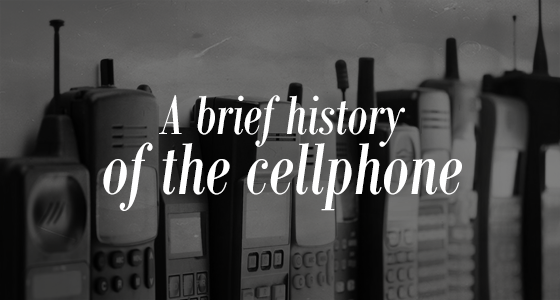
We think of cellphones as being very much a 21st century invention. And there is no doubt they have become indispensable to our everyday lives, all around the world. Modern cellphones or smartphones as they have become known, are used as a means of instant communication, whether by phone, text, email, instant message, or Skype. For video gaming, for music, for photography, even for finding our way to the nearest take out at 2am in the morning.
As more apps are developed, they become more crucial to our everyday lives. But did you know that wireless technology has actually been around since the early 1900s? No? Then you need to arm yourself with our brief history of the cellphone.
Wireless Technology in the Early 1900’s
It all started with one Nathan B. Stubblefield in the year 1908. He was a self-described “practical farmer, fruit grower and electrician” and also an inventor who was granted a patent by the US government to develop a wireless telephone technology system. Fast forward to 1921, and the first use of a radio telephony service became available on first-class passenger trains on the Berlin-Hamburg route in Germany.
Meanwhile, not to be outdone, in the United States, the first radio receiver was created by the Galvin Manufacturing Company, and soon became known as the Walkie Talkie. The model was referred to as the Motorola SC-300. The Walkie Talkie was quickly adopted by police departments as it delivered a means of constant communication, even while the police were out patrolling the beat.
Mobile Phone Technology after World War 2
The first official “cellphones” although not as we know them today, were first used by the Swedish Police in 1946. They worked by means of connecting a hand-held phone to the central telephone network. These early cellphones were separate to two-way radio phones that were commonly used in cars and taxis as a means of portable communication. There was just one problem with these phones, they could only make 6 calls before the car’s battery was drained!
Modern cell phone technology closer to what we recognize today, started when the appropriately named D.H. Ring from Bell Labs created hexagonal cells for mobile phones in 1947. Later, another engineer from Bell Labs came up with the idea of cell towers that would transmit and receive signals in three directions instead of two. However, rather like aviation design, electronics and other technologies take decades to mature. For instance, the electronics that were used in the first real cell phones were first developed in the 1960’s. In 1950, radio phones were used by the US military for communication and civil services.
Cellphone Development in The ’60s
The electronic parts and components that are used in today’s generation of cellphones were developed during the 1960’s. Yes, cellphone technology was already available in the 60s, however its use was only restricted because the cell areas were only base stations which covered a limited land area. During these times, calls could be made, but if the cellphone user traveled beyond the boundaries of the cell area, the signal got blocked or went dead. Of course that can still happen today but cellphones can cover a far wider area.
Cellphones in the 70’s and 80’s
In 1970, Amos Edward Joel, who also was another engineer at Bell Labs, developed the call handoff system. This technology facilitated phone calls from one area to another that would not be dropped. By 1971, AT&T, requested a public cellular phone service from the Federal Communications Commission (FCC), but that request was only processed a decade later. The advent of analog cellphone service began in 1982, and this continued until 1990.
In 1983, Motorola unveiled the first truly portable cellular phone to the world. It was called the Motorola DynaTAC 8000X, also known as the Brick. This was they type of phone Michael Douglas used in the movie Wall Street. The FCC approved it in the United States. Motorola developed the technology for cellular phones for decades and this particular phone took 15 years to come on the market at a cost of over 100 million dollars.
Cellphones become smartphones – 2007 to present
Just prior to the new millennium in 1999, the first-ever fully-fledged Internet phone service was introduced by Japanese company NTT Docomo. The following year, mobile phone advertising first appeared in Finland, when a free SMS text service was launched, and was sponsored by advertisers. Cellular phones from the early 1990s are considered second generation (2G) and they were able to work on mobile phone systems such as GSM, IS-136 (TDMA), and IS-95 (CDMA). Digital mobile phone networks were in use in the United States in 1990 and in Europe by 1991.
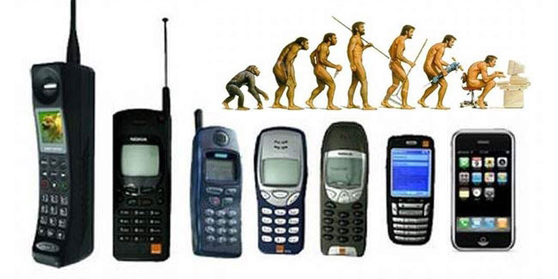
In 2001, the pre-commercial 3G trial network was also launched by NTT Docomo, and soon after, Sony and Ericsson agreed to create a joint company, which was called Sony-Ericsson, for the development and manufacture of high-end cellphones.
Just as 3G became accepted worldwide, and phones were designed around the capabilities of the speed and services it could provide, along came 4G in 2011.
When we look back on the introduction of the Apple iPhone, one of the earliest smartphones in 2007, everyone hailed it as a complete revolution, enabling music, photography and instant messaging, yet all this was managed on 3G, and in comparison to today’s high speed 4G broadband access, today the first Apple iPhone would seem incredibly clunky, underpowered and slow.
With the introduction of 4G mobile broadband (short for 4th generation) in Korea as early as 2008, smartphones of today act as efficiently and effectively as laptop computers, while still remaining wireless. This allows mobile phone users to access the full internet just as they would on a computer without any decrease in speed or the dropping of any data. If you think back to early websites adapted for mobile, they were slow, prone to stalling and generally frustrating to deal with. In the last couple of years, apps have been developed for popular websites such as Facebook, Twitter and Amazon that actually work better and look better than their desktop based counterparts. For now, the 5G network is the fastest mobile broadband network available.
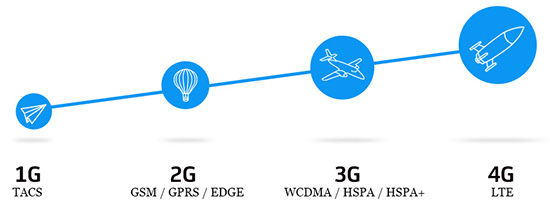
The technology behind the 4G network is either WiMax or Long Term Evolution (LTE). WiMax uses a broadband network over a wireless connection. LTE, on the other hand, transfers data using IP connections. Essentially 4G creates an IP address for every mobile device.
And what about the future of broadband transmission and advances in smartphone technology? There are great plans underway but we will leave that for another posting…
All products, and company names, logos, and service marks (collectively the "Trademarks") displayed are registered® and/or unregistered trademarks™ of their respective owners. The authors of this web site are not sponsored by or affiliated with any of the third-party trade mark or third-party registered trade mark owners, and make no representations about them, their owners, their products or services.

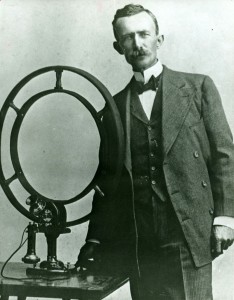

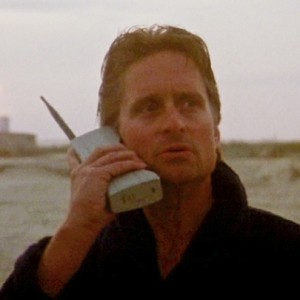
Comments are closed.